Welcome to our exploration of the future of window and door design, where we delve into the exciting world of architectural steel window glazing.
As experts in the field, we’re here to guide you through the latest advancements and innovative materials that are revolutionizing the way architects and homeowners think about windows. In this comprehensive guide, we’ll explore how advancements in technology are enhancing the functionality, energy efficiency, and aesthetics of steel windows, bringing a new era of design flexibility and sustainability to modern architectural projects.
Understanding Steel Window Frames
Properties of Steel as a Window Frame Material
Steel, known for its strength and durability, offers numerous benefits when used in window frames. This robust material not only provides high-quality support for various types of glazing but also contributes to the aesthetic appeal and design flexibility of modern architectural projects. Steel frames can be molded into various shapes and sizes, allowing architects to create visually appealing designs with clean lines and unobstructed views.
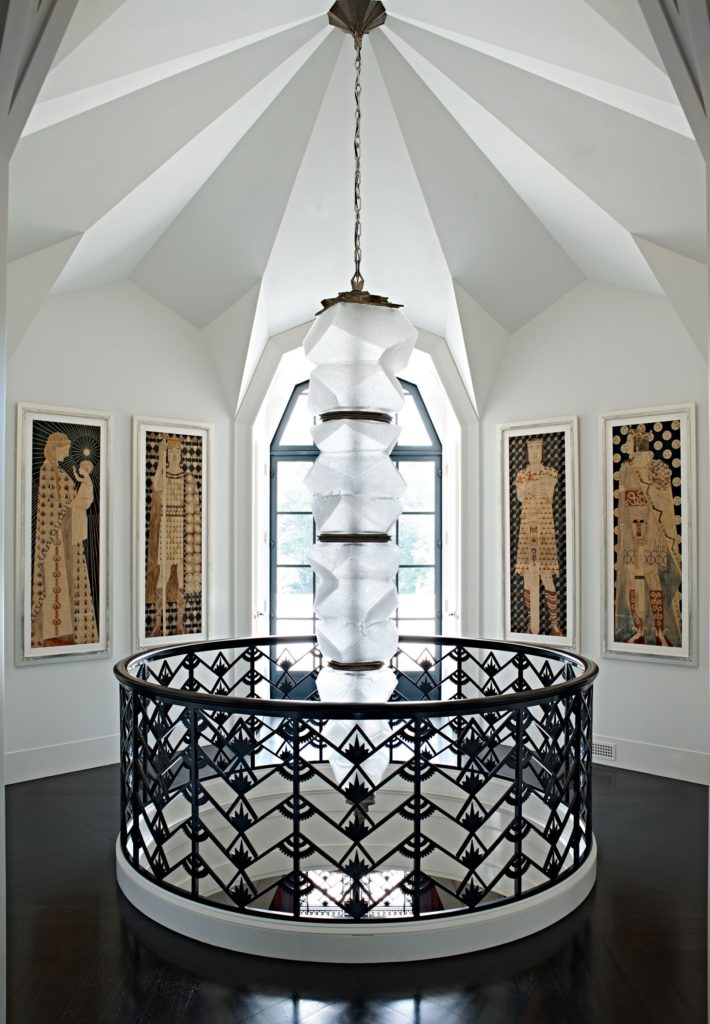
Benefits of Using Steel for Window Frames
Steel window frames significantly enhance the thermal insulation and security features of a building. Their strong and resilient nature makes them ideal for both residential and commercial settings. The integration of steel frames with advanced glazing options leads to improved energy efficiency, reducing the need for excessive heating and cooling.
Design Flexibility and Aesthetic Appeal
The aesthetics of steel window frames are unparalleled. They offer a sleek, modern look that can be customized to fit any architectural style. Whether it’s a traditional home or a contemporary office building, steel windows add a touch of elegance and sophistication, revolutionizing the aesthetics of the space.
Table 1: Advantages of Steel Window Frames
| Feature | Description |
|---|---|
| Strength | Capable of supporting heavy, large glass panels |
| Durability | Long-lasting with minimal maintenance |
| Customizability | Flexible design options for various architectural styles |
| Aesthetics | Adds a modern, sleek look to buildings |
Types of Glazing Options for Steel Windows
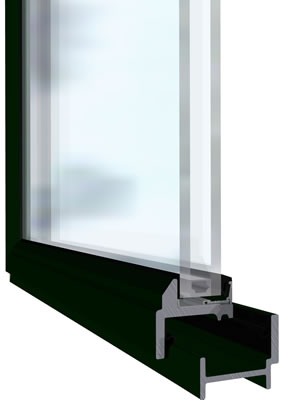
Single vs. Double Glazing
When it comes to energy efficiency, the choice between single and double glazing is crucial. Double glazing offers superior insulation properties, minimizing heat transfer and leading to improved indoor temperatures. This not only enhances comfort but also contributes to significant energy savings.
Low-Emissivity (Low-E) Glass
Low-E glass is a cutting-edge option that minimizes the amount of ultraviolet and infrared light that passes through the glass without compromising transparency. This technology is essential in maximizing natural light while reducing heat loss, making it a popular choice for energy-efficient window designs.
Laminated Safety Glass
For enhanced security and safety, laminated safety glass is an excellent choice. It holds together when shattered, providing an additional layer of protection against break-ins and accidents.
Table 2: Comparison of Glazing Types
| Glazing Type | Benefits | Ideal Usage |
|---|---|---|
| Double Glazing | Better insulation, energy savings | Residential and commercial buildings |
| Low-E Glass | Reduces UV and infrared light transmission | Areas with high sun exposure |
| Laminated Safety Glass | Increased security, holds together when shattered | High-risk areas, public buildings |
Tinted and Reflective Glass Options
Tinted and reflective glasses are not just about aesthetics; they also help control solar gain and glare. This is particularly beneficial in regions with intense sunlight, where managing interior temperatures and reducing glare can significantly improve comfort.
Acoustic Glazing for Noise Reduction
In noisy environments, acoustic glazing can be a game-changer. It significantly reduces sound transmission, creating a peaceful and quiet indoor atmosphere.
Bullet-Resistant and Security Glass
For buildings that require heightened security measures, bullet-resistant and security glass options provide an extra layer of safety without compromising on aesthetic appeal or natural light.
Fire-Rated Glazing
Fire-rated glazing is essential in ensuring the safety and compliance of a building. This type of glazing can withstand high temperatures and is crucial in preventing the spread of fire and smoke.
Table 3: Specialized Glazing Features
| Feature | Description | Application |
|---|---|---|
| Tinted Glass | Reduces solar gain and glare | Sunny climates |
| Acoustic Glazing | Soundproofing qualities | Urban areas, noisy environments |
| Bullet-Resistant Glass | Provides high-level security | Government buildings, banks |
| Fire-Rated Glazing | Withstands high temperatures | Commercial buildings, emergency exits |
Energy Efficiency and Sustainability
Thermal Performance of Different Glazing Options
The choice of glazing has a profound impact on the thermal performance of a building. Double-glazed and low-E glass options significantly reduce heat transfer, maintaining optimal indoor temperatures. This improves energy efficiency by reducing the reliance on heating and cooling systems, leading to cost savings and a lower carbon footprint.
Impact on Energy Consumption and Efficiency
Incorporating energy-efficient glazing options can drastically cut down energy consumption. Buildings with optimized glazing need less energy for heating and cooling, which is a step towards sustainability in the world of architecture.
Eco-Friendly Glazing Materials
The move towards sustainable building practices has led to the development of eco-friendly glazing materials. These materials, often made from renewable resources, not only enhance energy efficiency but also contribute to reducing the overall environmental footprint of a building.
Table 4: Energy Efficiency of Glazing Options
| Glazing Type | Energy Efficiency | Environmental Impact |
|---|---|---|
| Double Glazing | High | Reduces energy usage |
| Low-E Glass | Very High | Lowers UV and infrared light transmission |
| Eco-Friendly Materials | Variable | Minimal environmental footprint |
Aesthetic and Design Considerations
Matching Glazing with Architectural Styles
Choosing the right glazing can enhance the aesthetics of a building. Whether it’s a classic or contemporary style, the right glazing option can complement the architectural design, adding to its visual appeal.
Color and Texture Options in Glazing
Beyond just transparency, modern glazing options come in a variety of colors and textures. These can be used to add character and style to a building, allowing architects to customize designs according to their creative vision.
Custom Design Possibilities
The customization options with steel window glazing are endless. From unique shapes to bespoke patterns, glazing can be tailored to meet specific design requirements, giving architects the freedom to revolutionize architectural projects.
Table 5: Design Flexibility of Glazing Options
| Glazing Type | Design Flexibility | Aesthetic Impact |
|---|---|---|
| Colored and Textured Glass | High | Enhances building character |
| Custom Shapes | Very High | Unique, visually appealing designs |
| Patterned Glazing | Moderate | Adds subtle design elements |
Installation and Maintenance
Professional Installation of Steel Window Glazing
Proper installation is key to maximizing the performance of steel window glazing. It’s important to work with experienced professionals who can ensure that the windows are installed correctly and efficiently.
Maintenance Requirements for Different Glazing Types
While steel windows are known for their durability, different glazing options have varying maintenance needs. For instance, tinted or coated glass may require special cleaning methods to maintain their appearance and functionality.
Longevity and Durability
One of the key advantages of steel window glazing is its longevity. With proper installation and maintenance, these windows can last for decades, making them a smart investment for any architectural project.
Table 6: Maintenance and Longevity of Glazing Options
| Glazing Type | Maintenance Level | Longevity |
|---|---|---|
| Standard Glass | Low | Long-lasting |
| Coated Glass | Moderate | Requires careful cleaning |
| Specialized Glass (e.g., Bullet-Resistant) | High | Durable but may need specialized care |
Case Studies and Examples
Real-World Applications of Steel Window Glazing
Let’s look at some successful architectural projects where steel window glazing has been effectively used. These examples showcase the practical applications and benefits of different glazing options in enhancing both functionality and aesthetics.
Innovative Designs and Solutions in Recent Projects
Recent projects in the field of architecture demonstrate the innovative ways in which steel window glazing is being used. From maximizing natural light to enhancing energy efficiency, these projects are a testament to the versatility and advancement of glazing technologies.
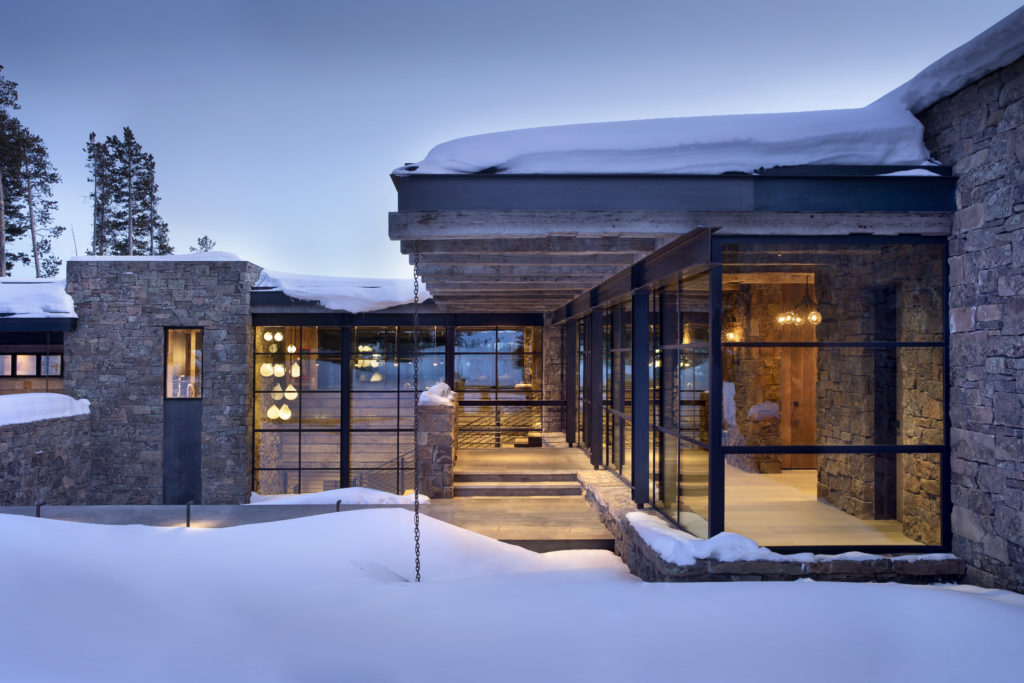
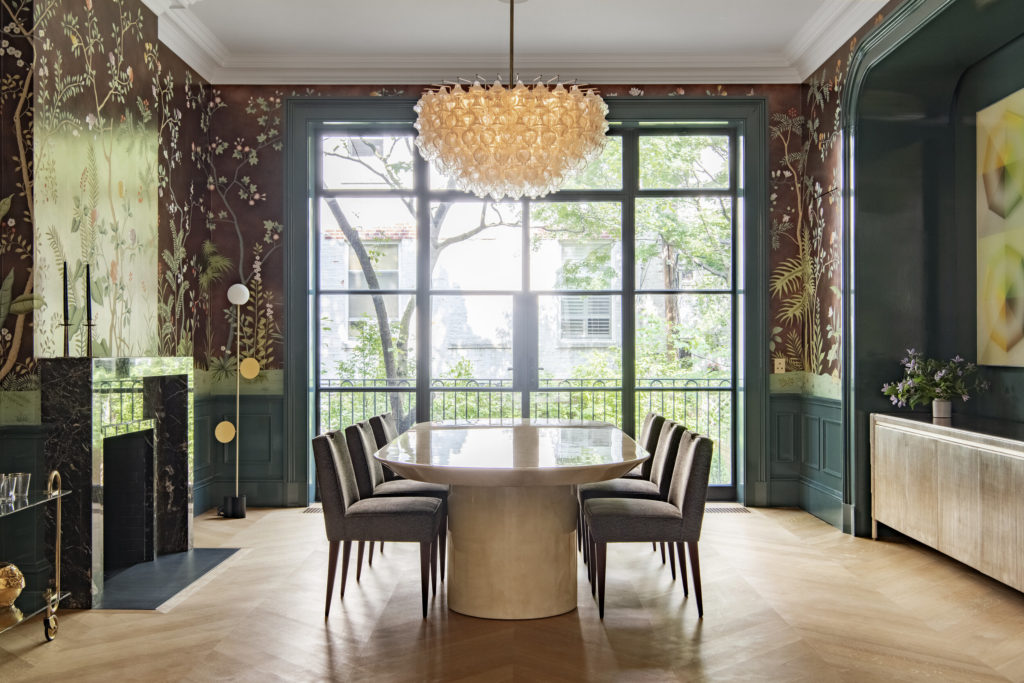

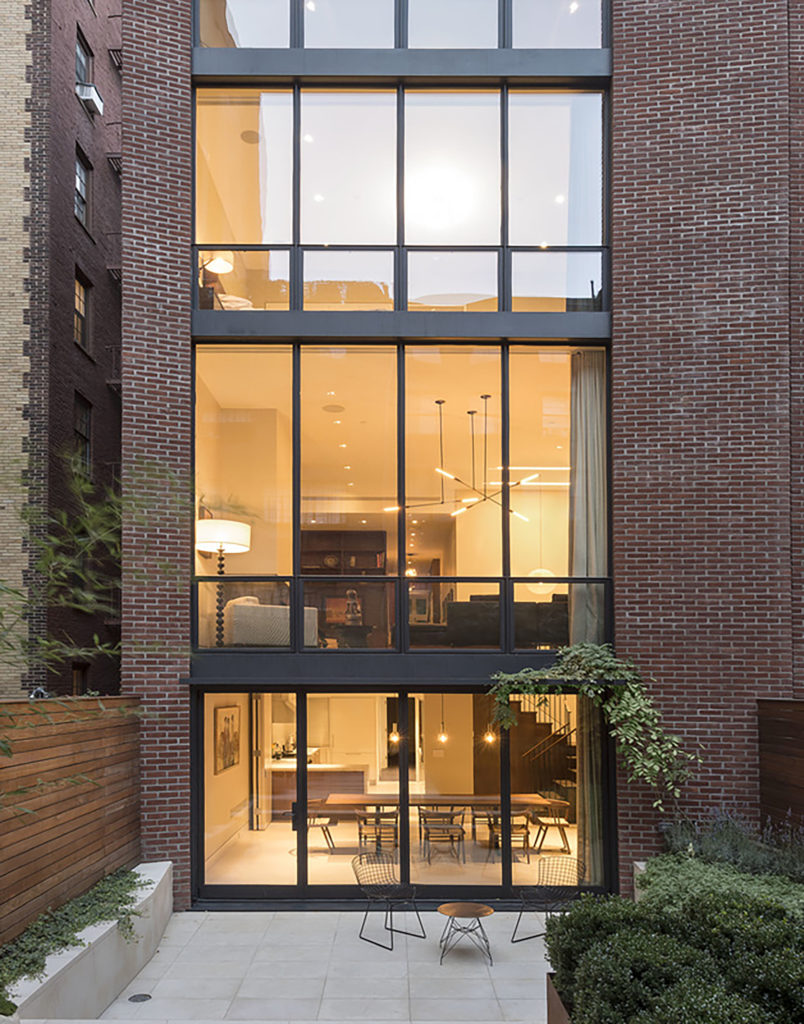
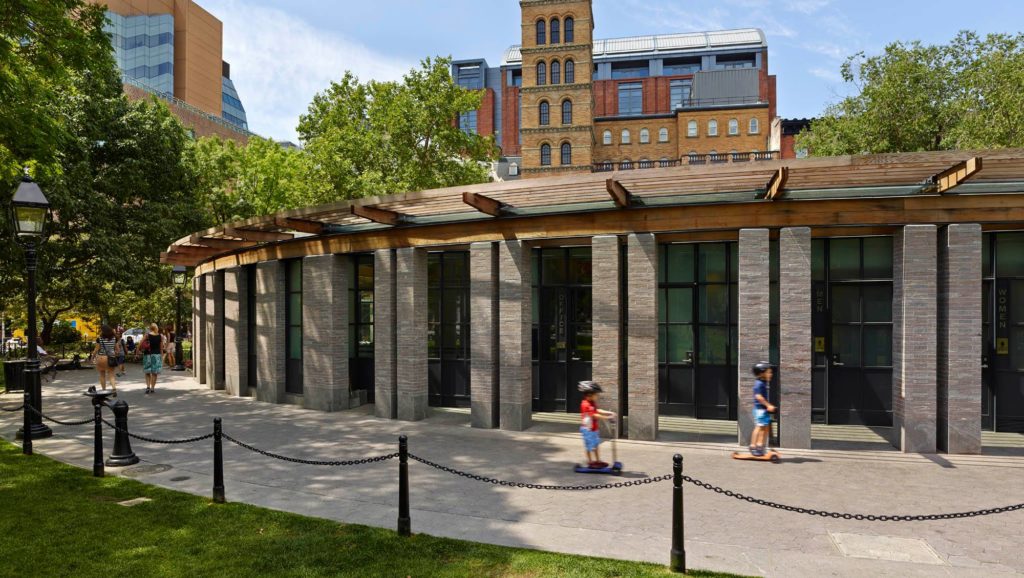

Feedback and Insights from Architects and Builders
Hearing from the professionals themselves, we gain insights into the real-world impact of these glazing options. Architects and builders share their experiences with the installation, performance, and aesthetic appeal of various glazing types in different architectural contexts.
Table 7: Case Studies and Their Key Takeaways
| Project | Glazing Type | Key Takeaway |
|---|---|---|
| Residential Development | Double Glazing | Improved insulation and energy efficiency |
| Commercial Building | Low-E Glass | Enhanced natural light and reduced energy costs |
| Public Facility | Laminated Safety Glass | Increased security without sacrificing aesthetics |
Conclusion
As we have explored, the advancement in steel window glazing options is truly transforming the future of window and door design in architecture. With a focus on energy efficiency, sustainability, and aesthetics, these innovative materials are set to revolutionize the way we think about windows in both residential and commercial buildings. As the trends in window and door design continue to evolve, embracing these cutting-edge technologies will be crucial for architects looking to create functional, beautiful, and sustainable spaces.
Remember, the right glazing can make all the difference in your architectural projects – enhancing natural light, improving thermal performance, and adding to the building’s overall aesthetic appeal. So, whether you’re an architect, a builder, or a homeowner, staying informed about the latest trends in window and door technology is key to making the best choices for your project.
Thank you for joining us on this journey through the world of architectural steel window glazing. We hope this guide has provided you with valuable insights and inspired you to embrace these exciting advancements in your next project.



